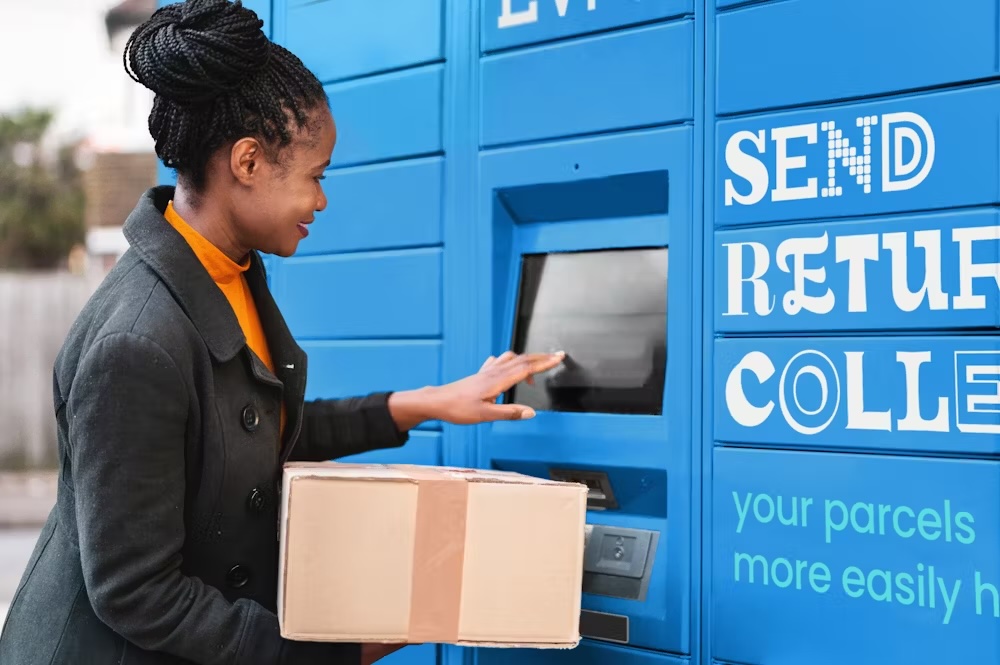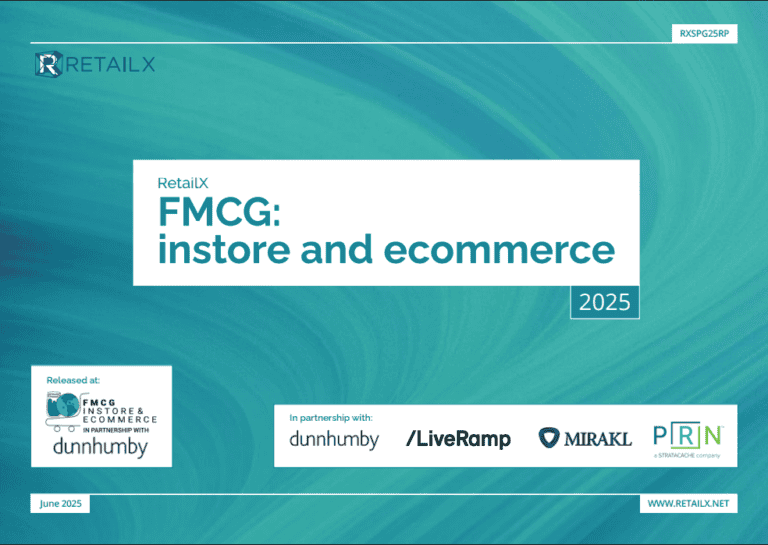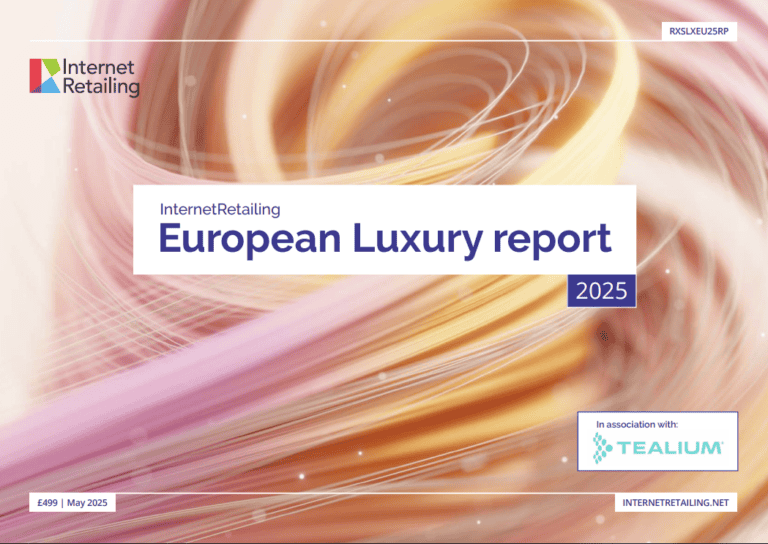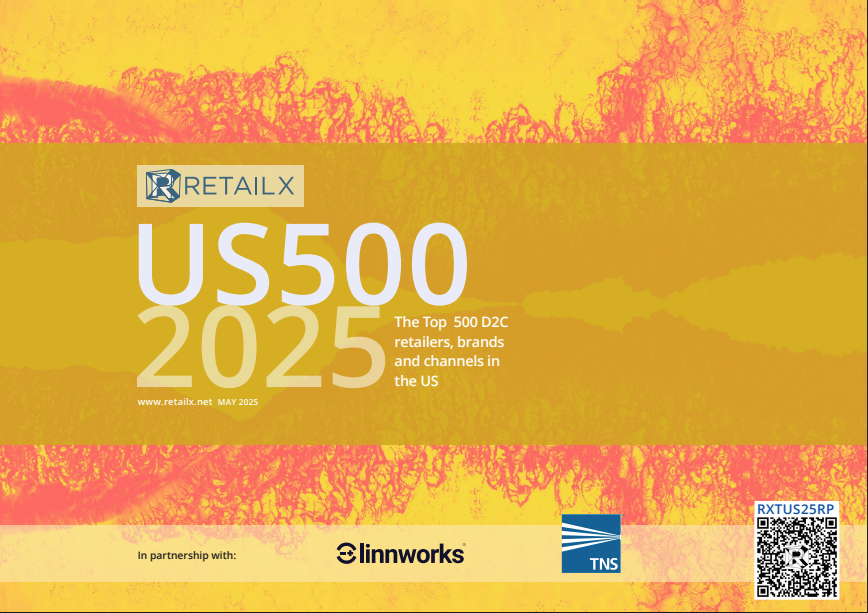David Grimes, founder and CEO of Sorted, says that connecting ecommerce experiences with instore is crucial going forward – and as ever delivery will play a huge role too.
Since lockdowns around the UK eased, shoppers are splashing the cash, filling the tills and splurging to purge the pain of social distancing. We’ve even seen the obligatory queue outside of ‘insert big high street fashion chain here’ as evidence that the ‘new normal’ is more old normal than we think.
But if the customer was king before COVID, it’s nothing compared to what we’re about to see. In what has been dubbed, ‘revenge purchasing’, people are flocking to the high street in the highest numbers seen for many months. In the immediate week after opening, analysts Springboard said footfall across all UK shopping destinations was up 87.8% week-on-week. This mass human migration feels so momentous, it almost needs an Attenborough voice-over.
The BDO High Street Sales Tracker outlines the weekly sales changes of more than 85 retailers with 10,000 individual stores and reported shop sales are up over 10x compared to the same time last year when lockdown was in full force. Questions remain over how long this momentum can be sustained, particularly as consumers are not going to ditch online shopping overnight.
In fact, the same report found that online sales are also up 49% in the same period. It is clear that customers have welcomed the immense convenience, choice and competitive pricing brought by the world of online shopping. And with digital natives gaining greater spending power, the rise of ecommerce is set to continue – so the high street will need to innovate to give customers an experience worth coming back for more.
The free ride for internet retailers is over
There is no doubt that retailers have had to navigate some incredibly choppy waters for some time – Debenhams and many others will testify to that. But those that have survived are faced with another test. Specifically, how to connect and engage with their customers across all channels moving forwards. This means turning new online cohorts into repeat shoppers and ensuring the service and experience between physical and digital is seamless.
As we see the emergence of more cross-generational online shoppers, expectations and demand will keep growing. From products to payments, shipping, returns, loyalty and promotions – every element of the customer journey is an opportunity to build a connection. As retailers learn more about what makes their customers click, they’re innovating to reach customers; with voice and social commerce, text messaging, augmented reality, and in-app purchasing strategies moving up the priority list.
The choice afforded to customers means that the free ride internet retailers have had is over now physical retail is open for business. Consumers can now choose between an in-store buying experience or the convenience of online. Indeed, while the gap between some retailers’ physical and online worlds seems to have taken social distancing to the extreme over the last 14-months, we’ve reached a stage where consumers expect them to converge in a big way.
Another level of customer experience
As retailers and brands strive for consistency to cultivate customer loyalty and advocacy, we’re going to see customer experience taken to another level, irrespective of channel. We are already seeing retailers looking at appointment bookings, extended hours on a store-by-store basis tailored to local shopping trends and removing unnecessary shopping steps to better serve their customers. For instance, if someone finds what they want in the fitting room, why queue to pay when you can instead do so from a mobile phone?
All of the traditional pain points and irritations of shopping are being disrupted with the objective of achieving the most integrated shopping experience possible. This is particularly important when it comes to retailers operating a bricks and clicks model where consumers will expect to receive the same customer experience and engagement with a brand regardless of how, when or where they shop.
Delivering on delivery
One area of the customer experience polarised by the pandemic is delivery. When the shops were closed and most consumers were at home with no other way to buy, they were more understanding of poor delivery experience. They were also able to wait around for that parcel to arrive. Now as we move back to normality, the gap between expectation and reality for delivery and returns has to be closed and leaving customers in the dark about a parcel needs to become a thing of the past. A sentiment that is going to thrust existing methods – like ship from store or curbside pickup – to the fore and lead to greater innovation in this space from the warehouse floor to consumer door.
Indeed, the shops themselves will become more than just a shopping destination. Experiential destinations are not new – you could go and pet a lion while shopping in Harrods in the 60’s – but, if retailers are going to compete with online, they need to offer customers something new to entice them back beyond discounts and a window display. As a result, we’re going to see brick and mortar destinations act as a base for tailored events, influencer shoots, limited edition signings and much more. It will drive retailers to become increasingly innovative when it comes to offering consumers brand engagement opportunities.
While online remains the route to personalisation and convenience, the high street will need to up its game in this department too. In the online world, retailers can automate tracking and post-purchase communications to reduce customer contacts and increase brand engagement to boost customer satisfaction and loyalty – all of which puts any shoddy in-store experience to shame.
A retail inflection point
Pre-pandemic, customers rubbed along with the slight mismatch in experience between online and in-store. Covid-19 has been the litmus test for many retailers whose experience was not up to scratch and has sounded the death knell for not giving customers what they want.
Retail, and the high street in particular, is at an inflection point. It’s less about location, location, location but more experience, experience, experience. It will be the retailers that can understand and connect with customers across all their channels that will rise to the top in a post-pandemic world of commerce.








